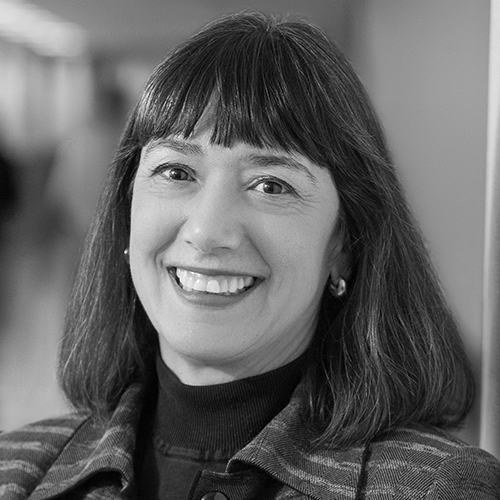
Monica M. Bertagnolli, MD, FACS, FASCO
President, American Society of Clinical Oncology, 2018-2019
As a surgical oncologist and cancer researcher, I have the opportunity to see firsthand the significant improvements that science has made in improving outcomes and quality of life for people with cancer. Consider the story of a young boy who was diagnosed with advanced cancer at the age of three. After years of treatment, he was placed in a clinical trial that cured his cancer. His mother said it was an easy decision to place him in the trial. Other mothers had once given permission for their own children to participate in trials, which led to the treatments now available to her son. “It’s a domino effect,” his mother said.
This domino effect is responsible for much of the progress we’ve made against cancer. Without patients volunteering to share their clinical trial data, many of the treatments available today would not have been discovered.
Ongoing learning
Despite this progress, there’s much more we need to learn. This year alone, more than 600,000 people are estimated to die from cancer in the United States and more than 1.7 million new people will receive a cancer diagnosis.
Clinical trials have long been the primary way we learn about how patients respond to new treatments. They provide the insights we need to refine treatment options so that new therapies are more effective, and cause fewer side effects than the current standard of care.
However, participants in clinical trials are generally younger, healthier and less racially diverse than the majority of patients with cancer. That might mean the results are less relevant to the general population. By adjusting the way trials are designed so that older and sicker patients can join, and making sure that trials are available to all patients, we can improve our understanding about what works — and what doesn’t — for all patients with cancer.
The future of care
Imagine what we could uncover if we understood how every single patient responded to their cancer treatment. We could identify trends and patterns, learn more about long-term side effects and rapidly accelerate our progress against cancer. The work to build such a system is has now begun. It’s time to give every person with cancer the opportunity to participate in research, share their experience and continue the domino effect to help inform the next generation of cancer treatments and cures.

